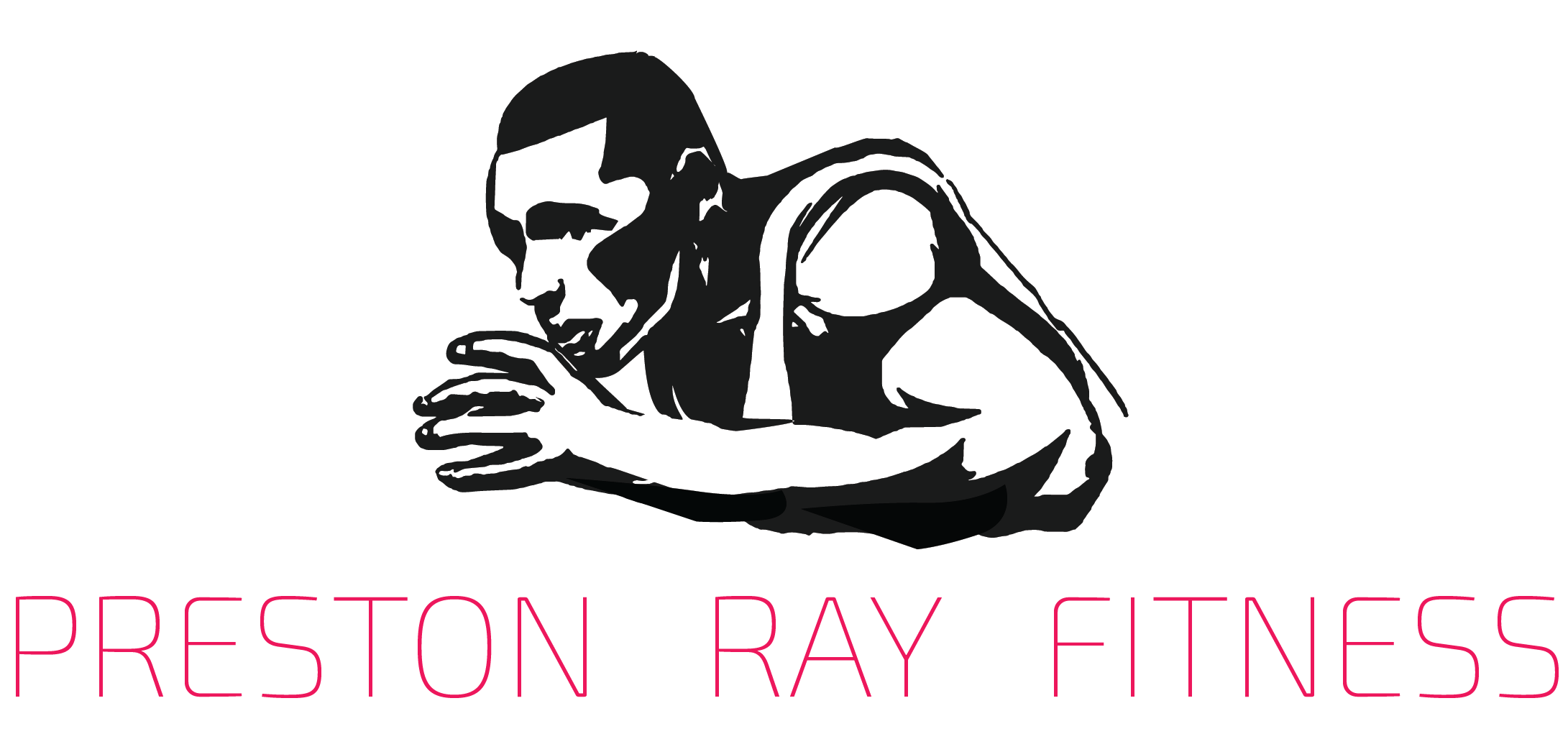Mixing his personal experience as a sports psychologist with lessons from Sun Tzu’s, The Art of War, and Tao Wisdom, Jerry Lynch has written a thoughtful book on the mental side of sports, The Way of the Champion. Not just any old sports psychologist, Dr. Lynch has worked with over 33 Division I men’s and women’s national champions in tennis, basketball, lacrosse, soccer, field hockey and volleyball. He has also worked with a wide range of pro athletes in the NBA, NFL, and PGA. This is not surprising at all when you consider Lynch’s approach to the game. Similar to the Art of War, winning is broken down into four categories, self-awareness, strategic positioning, competitive advantage and leadership with team unity. Each of those categories is then divided into three bite-sized chunks of timeless information, guaranteed to help athletes and coaches alike.
This book is full of so much information that the introduction suggests that you read the topic that is most important to you first. As usual, I chose to begin with myself so I began reading the self-awareness section first. Afterwards, I jumped around the book a great deal and then decided just to read it from cover to cover. There are times when it felt a little repetitive, so if you aren’t a total behavioral science/sports freak, then I would probably go to the part in the book that most interests you.
I immediately knew Part 1, the Self-Awareness section, was going to meet my high expectations after reading Jerry Lynch’s definition of self-knowledge. He defined it as, “an accurate appraisal of who you are and your levels of physical, mental, spiritual and emotional fitness.” For some reason, using the word fitness after mental, spiritual, and emotional really stood out to me. I mean everyone knows about physical fitness, but the others are talked about far less often. These words stopped me in my tracks as I sat the book on my lap for a moment to reflect on the areas of my life that were “out of shape.” This was the beginning of a very fond relationship that I now have with this book.
My fondness for the book continued to grow in the purpose and vision chapter as well because this chapter featured several writing exercises. Since I really enjoy writing and understand its ability to manifest things in our lives, I spent time writing the answers to a few of the exercises. I didn’t spend a great deal of time here because I was already knee deep in my own 2016 Road Map which consists of 106 questions that were similar in nature to the ones being offered here. Rounding out the chapter were helpful tips from the Art of War on knowing your opponent. Now, this was certainly something I had never given much thought to. I have always been like the late great coach John Wooden, who always put more energy into his players than his opponents. However, I did have a change of heart after reading some of the tips offered by The Art of War. The ones I will be sure to remember are:
1) Know your opponent’s environment well.
2) Find out about his/her desires, hopes, and aspirations.
3) Consult with others who have competed against them.
Part 3, The Way of Competitive Advantage, explained how to deal with adversity and was the most meaningful section of the book in my opinion. This was due in part to a recent injury I suffered while bench pressing max weigh. My right pectoral minor muscle had been partially torn, and now my arm was resting in a sling. The body I work so hard to strengthen was suddenly not up to par and my mind was racing, looking for answers as to why I had suffered yet another injury. In November 2012, it was a partially torn Achilles tendon. Winter 2013 brought a hernia. Now, December 2015, was bringing my first-ever torn muscle. Each time it has been a traumatic and difficult crisis to get through. This is where the book became so meaningful. I learned that, in Chinese, crisis means “danger” and “opportunity.” The I Ching, China’s ancient book of transformation says, “look for wisdom in your acceptance of these times.” With these words in mind, I suddenly began to see my injury as an opportunity to rest my body and reexamine the way I was training it. This mental breakthrough led to a more “macro” approach to personal training with the development of a well-rounded 12-month plan to include more rest, massage, yoga, pilates, kettlebells and bodyweight training. I will also make sure that I account for rest time in the form of vacations, holidays, and an off-season. Mmmm, I thought, “this is the way of the champion.”
By now, I am sure you realize how much this book has meant to me. I happened to be reading it at the right time, but you don’t have to be sidelined with an injury to enjoy the book. It offers several practical ways to change your behavior and perform at your highest level in sports and life. You just have to know and understand that things aren’t always what they seem. Make errors, plan for mistakes, and when they arrive, see the yin and yang in life and don’t be afraid to embrace it. I like to think of my future in athletics and life the way Jerry Lynch says all the best athletes in the world do. First, they have a high tolerance for setbacks. Second, they make more mistakes than anyone. They learn from their mistakes, improve, then succeed. Here’s to much continued success.

Recent Comments